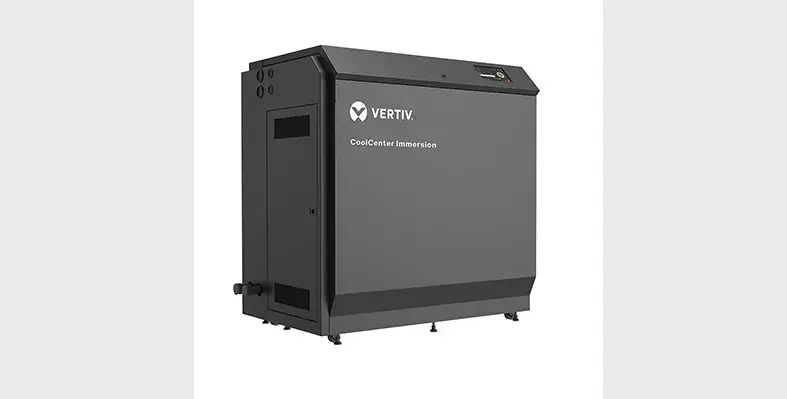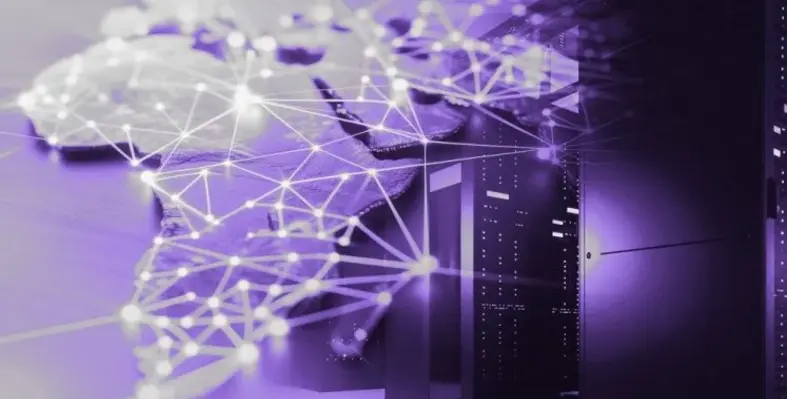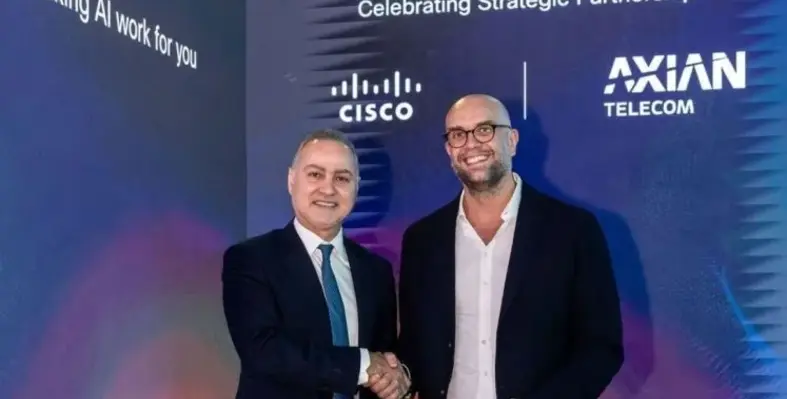Vertiv, a global provider of critical digital infrastructure and continuity solutions, has unveiled the Vertiv CoolCenter Immersion cooling system, further expanding its worldwide liquid cooling portfolio
The new system is designed to support artificial intelligence (AI) and high-performance computing (HPC) environments that demand advanced heat management. It is now available across Europe, the Middle East, and Africa (EMEA).
The CoolCenter Immersion system utilises immersion cooling technology, where entire servers are submerged in a dielectric liquid. This approach ensures efficient and even heat removal across all components, especially in high-power applications where conventional air cooling is no longer sufficient. As a complete liquid-cooling solution, the system provides reliable heat management for dense computing loads ranging from 25 kW to 240 kW per unit.
“Immersion cooling is playing an increasingly important role as AI and HPC deployments push thermal limits far beyond what conventional systems can handle,” said Sam Bainborough, EMEA vice-president of thermal business at Vertiv. “With the Vertiv CoolCenter Immersion, we’re applying decades of liquid-cooling expertise to deliver fully engineered systems that handle extreme heat densities safely and efficiently, giving operators a practical path to scale AI infrastructure without compromising reliability or serviceability.”
The Vertiv CoolCenter Immersion comes in various configurations, including self-contained and multi-tank setups, offering cooling capacities from 25 kW to 240 kW. Each system integrates an internal or external tank, coolant distribution unit (CDU), temperature sensors, variable-speed pumps, and fluid piping to ensure precise temperature control and consistent performance.
Built for dependability, the system features dual power supplies and redundant pumps for continuous operation. Integrated monitoring sensors, a 9-inch touchscreen, and building management system (BMS) connectivity enhance operational visibility and ease of use. Additionally, its design allows for heat reuse, supporting energy-efficient facility management and aligning with sustainability objectives.
Vertiv’s Liquid Cooling Services deliver end-to-end expertise, encompassing design, installation, maintenance, training, and lifecycle optimisation. The portfolio covers rear-door heat exchangers, direct-to-chip, and immersion cooling technologies, ensuring scalable, efficient, and reliable thermal management solutions tailored for AI, HPC, and other high-density computing environments.



























